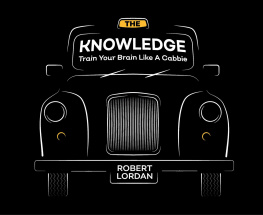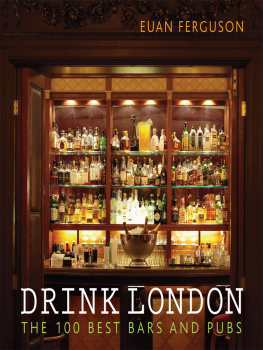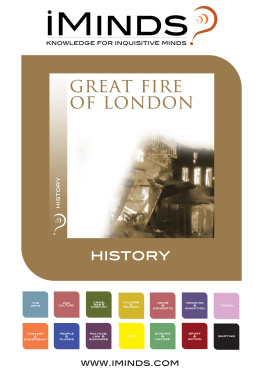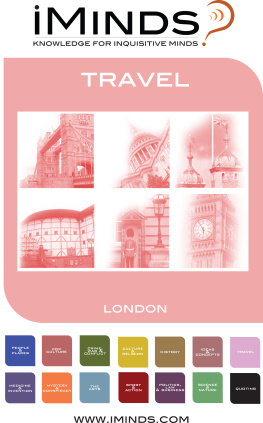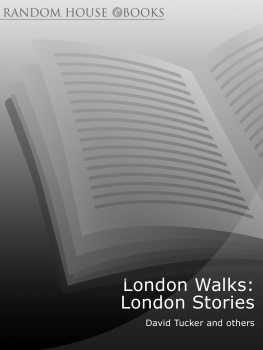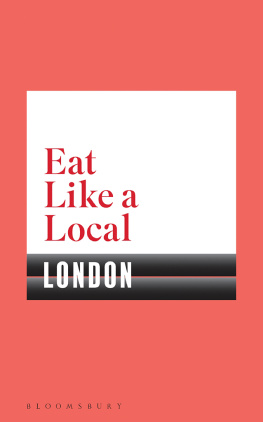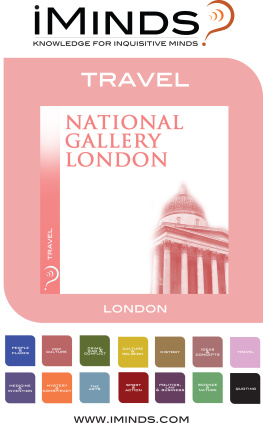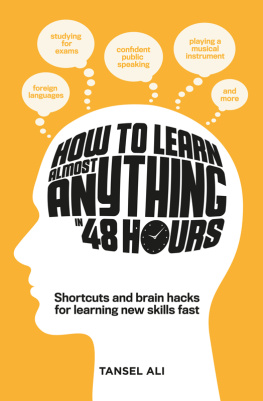Contents
THE
KNOWLEDGE
For my parents, Rachel and Michael Lordan
THE
KNOWLEDGE ROBERT LORDAN Quercus
CONTENTS
CONTENTS n Parsons Green Station SW6
South Lambeth Road SW8 New Cross Gate Station SE14 Clapham Common
West Side SW4
INTRODUCTION
London is far more difficult to see properly than
any other place. London is a riddle... G. K. Chesterton, An Essay on Two Cities, 1908 It could have been so different. As destructive as it was, the Great Fire of 1666 blessed London with an opportunity, a blank canvas.
And in the months following the blaze several suggestions for redesigning the city were drawn up by luminaries such as Robert Hooke, John Evelyn and Sir Christopher Wren. All were based upon a sensible grid pattern. Londoners at the time, however, were creatures of habit. They knew where their homes and businesses once stood and any radical attempt to raise a new city from the ashes would no doubt affect their claims. So instead, they simply rebuilt along the original lines a slapdash precedent that has seen London mushroom in a messy, haphazard manner ever since. While other major cities benefit from thoughtful layouts, London is defined by a bewildering jumble of streets that have been cobbled together over time with no apparent respect for logic.
Theres a strange beauty to this: viewed from a distance, an AZ map of London resembles a Jackson Pollock. Theres the twisting, turning roads in the historic Square Mile, paths so ancient they were once trod by Romans and Vikings. Move westward and youre hit with villages such as Mayfair and Earls Court where the densely packed layouts are so confusing itll make you wonder what on earth the planners were thinking (until you realise there werent any). Trickier still are the spaghetti-like tangles of Maida Vale, Hampstead Garden Suburb and Wimbledon Parkside where the roads become so disorientating you half-expect the Minotaur to pop out. Further afield there are peculiarities such as the Haringay Ladder and the Mace Street bowtie. This is all perplexing enough but theres more: an array of infuriating one-way systems, blocked roads and signs

INTRODUCTION n forbidding you from turning this way and that, all of which conspire to lock you in a fiendish game of cat-and-mouse with the authorities.
Despite this chaos, Londons cabbies are famous for being able to navigate the streets with ease. Hop into a black taxi, state your destination whether it be an area, street or place of interest and the driver will convey you there with confidence. This skill does not come easily. Its acquired by undertaking a rigorous course of study known as The Knowledge of London, which must be passed in order to obtain the coveted green badge, the licence that allows you to ply for hire anywhere in the city. There are numerous reasons why someone may wish to apply to become a London taxi driver, although the overriding factor for many is that its a self-employed role; you are your own boss and can determine your own work pattern as you wish. There is also your pride in earning the right to drive a black taxi, an icon that has long been symbolic of the capital.
London cabbies regard their profession as a lifelong career. Even today, though, there are many Londoners whove never heard of The Knowledge and, for those who have, few have a precise idea as to what it truly entails. This is by no means the publics fault. Apart from the odd documentary and, most famously, the late Jack Rosenthals much-loved 1979 TV film The Knowledge , insights into the process are rare. Even its origins are an enigma. The general consensus is that The Knowledge evolved in the wake of the Great Exhibition; the pioneering Victorian expo that took place between May and October 1851.
During that period, approximately six million people descended upon the capital to marvel at the mighty Crystal Palace that had been erected in Hyde Park. Such numbers were unprecedented and confronted Londons cabbies with their first real test, which they failed miserably, the volume of complaints suggesting the trade was nowhere near fit for purpose. Gripes against cabmen were nothing new. Letters to the press lambasting their sluggishness, chaotic pricing structure and general unwholesomeness had been a common theme since the first horse-drawn carriages were licensed by Oliver Cromwell in the 1650s. A letter to the Sunday Times , for example, dated 5 March 1837, branded cabmen as Ruffians... fellows unfit for civilised society and complete nuisances upon the world
n INTRODUCTION at large.
Another correspondent, writing a few years after the Great Exhibition, described catching a cab to a party: It was raining; the front window was broken; the bottom of the cab was filled with wet straw and by the time we had arrived at our destination my wife was wet through, and her dress completely destroyed. Realising something had to be done, the government gradually began to devolve increasing powers for regulating cabs to the Metropolitan Police, culminating in 1869 when the Home Secretary delegated licensing to the Commissioner of Police. In that same year, the Public Carriage Office (PCO) a neat little brick block for consolidating this new responsibility opened slap bang in the middle of Great Scotland Yard, visibly demonstrating that the Met were now in charge. Although no official documentation relating to the implementation of an examination process is known to exist, it was shortly after the opening of the PCOs Scotland Yard office that references to the impressive knowledge of Londons cabbies began to appear. This extract is from February 1872: The knowledge of a London cabman and of local
topography is really marvellous. How does he acquire
it? Does he study Stanfords or Wylds maps, or wander about the streets in his years of juvenescence
acquiring his geography? However it may be, certain it
is he knows it to perfection, much better than the most
learned of his fares.
The new regulations appeared to be working. In 1874, a report from The Times stated that Within the last few years they [cabs] have decidedly improved in quality, as well as the general character and conduct of their drivers. The same article also mentions that each potential licensee is subjected to an examination about his knowledge of town localities. By the eve of the First World War, The Knowledge was beginning to resemble its modern-day counterpart and at least one Knowledge school run by the British Motor Cab Company was prepping candidates for the test. In April 1914, a report in the Manchester Guardian provided a comprehensive account of the process as it was then: Every applicant for a licence to drive a hackney

